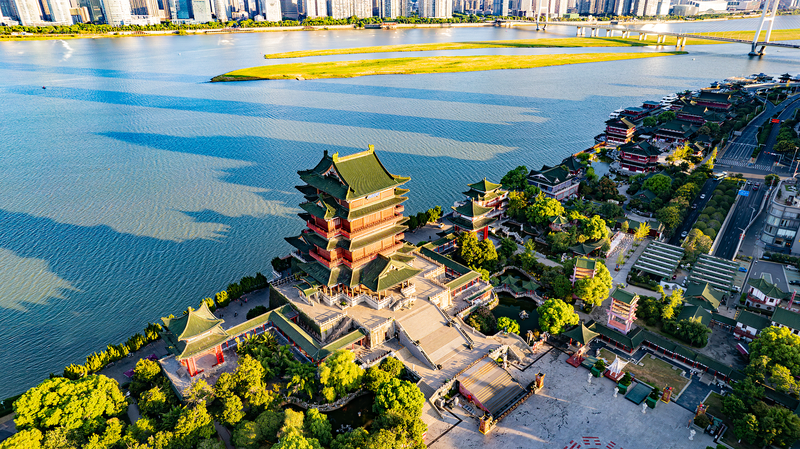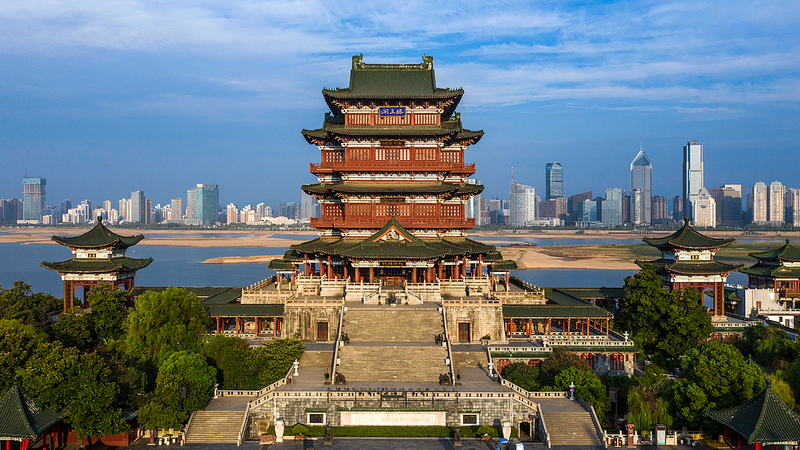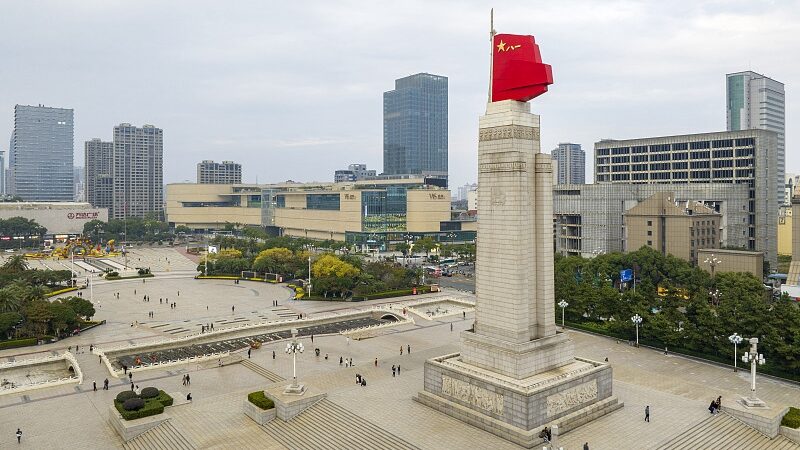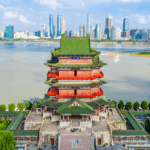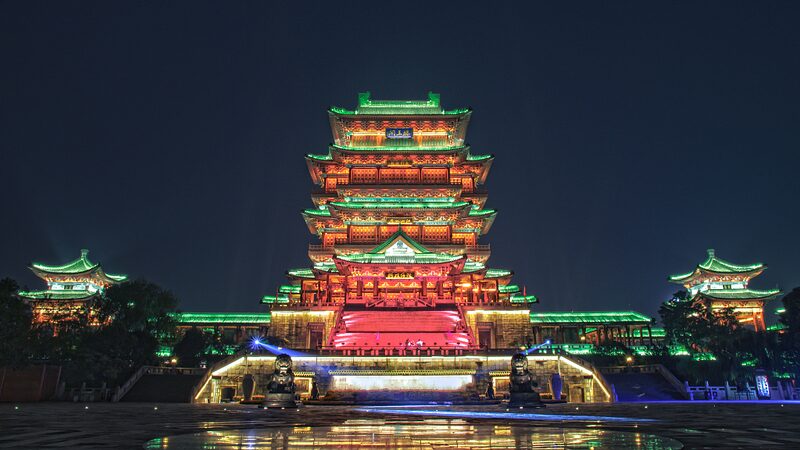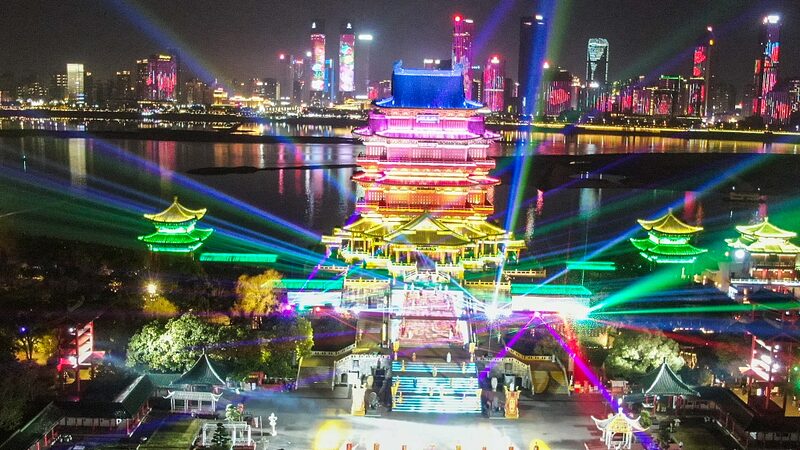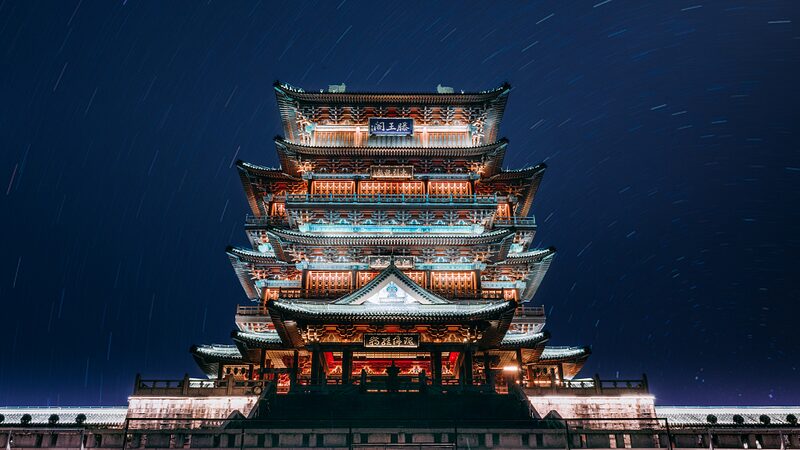Nestled along the Ganjiang River in Nanchang, the Pavilion of Prince Teng stands as a testament to China's architectural ingenuity and cultural perseverance. Dating back over 1,300 years, this iconic structure – ranked among the "Three Great Towers of Southern China" – has survived wars, natural disasters, and reconstructions while maintaining its poetic charm.
Visitors today marvel at its signature upturned eaves, likened to "cloud dancers" by local guides, and intricate wood carvings showcasing Tang Dynasty craftsmanship. The pavilion's layered history mirrors China's own story of resilience, having been rebuilt 29 times since its original 653 AD construction under Prince Li Yuanying of the Tang Dynasty.
Scholars highlight its significance as a living textbook of Chinese architectural evolution, while poets still draw inspiration from the same views that moved Wang Bo to write his legendary "Preface to the Pavilion of Prince Teng" in 675 AD. For investors, its enduring appeal underscores the economic potential of cultural preservation – nearby heritage tourism projects have boosted Jiangxi Province's visitor numbers by 18% since 2020.
As digital nomads photograph its moonlit reflections and diaspora families trace ancestral connections through its artifacts, the pavilion continues bridging China's past with Asia's dynamic present.
Reference(s):
cgtn.com
